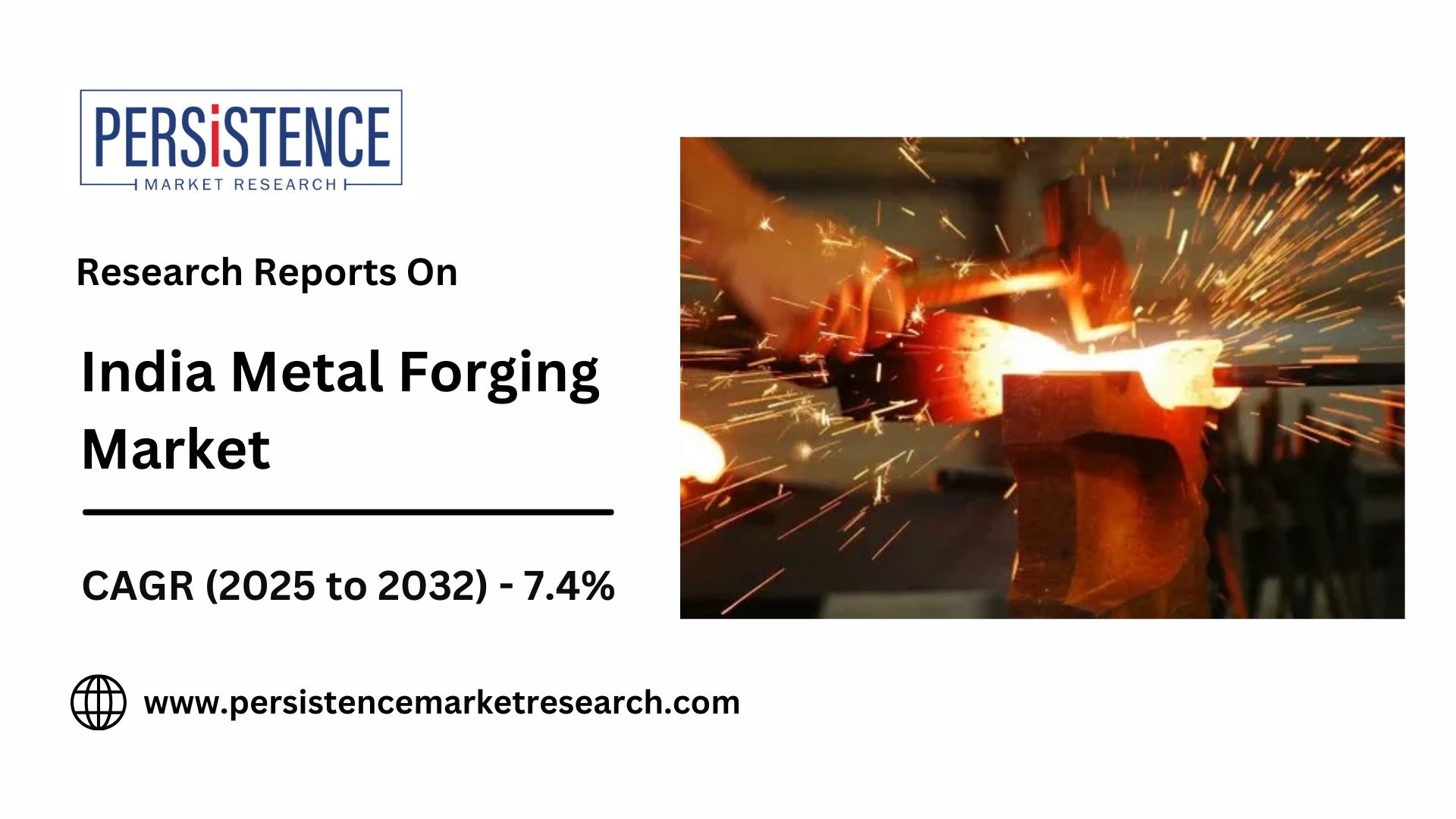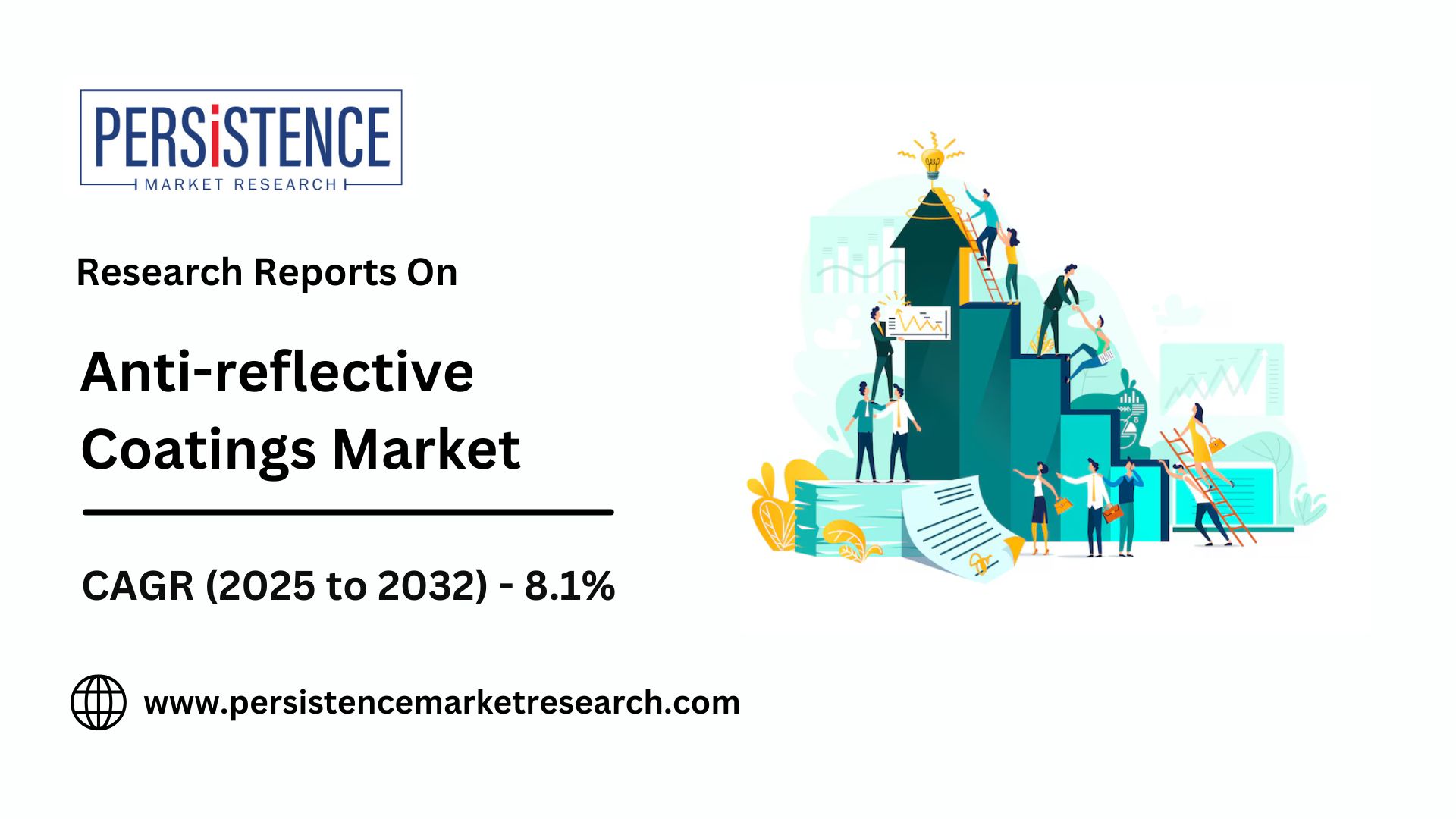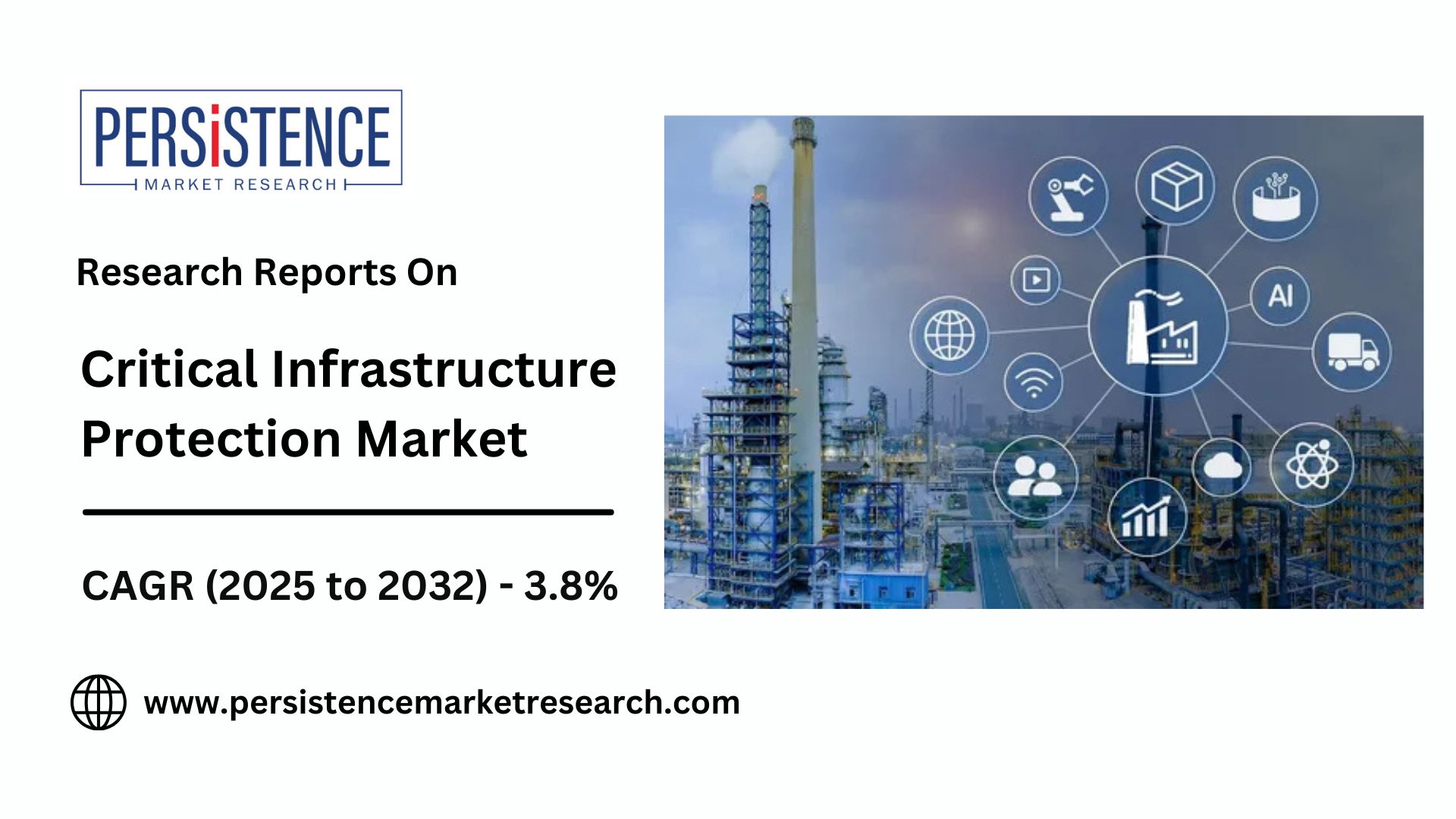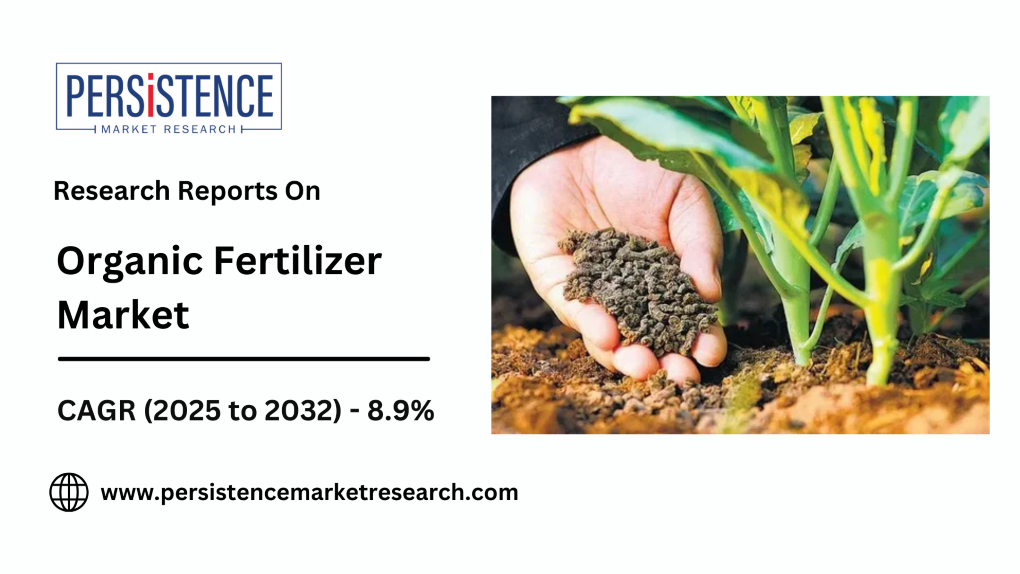Self-healing Concrete Market Set for Strong Growth Over Next Decade

Strong 8k brings an ultra-HD IPTV experience to your living room and your pocket.
The global self-healing concrete market is projected to grow significantly, reaching a value of US$364.41 billion by 2031, up from US$53.31 billion in 2024, at a CAGR of 31.6%. The rising adoption of eco-friendly, low-maintenance materials, alongside the growing implementation in smart city infrastructure projects, is driving this growth. Innovations such as the use of nano-sized materials and capsules filled with healing agents to repair cracks are enhancing self-healing efficiency. The market’s expansion is further fueled by the demand for durable, sustainable construction materials as urbanization and infrastructure development continue to increase globally.
The global construction industry is undergoing a transformation, with sustainability and durability emerging as key priorities. One of the most promising innovations in concrete technology is self-healing concrete, a material designed to repair itself when cracks and damage occur. This breakthrough in concrete engineering is set to revolutionize infrastructure development, with the market projected to reach $364.41 billion by 2031, growing at an impressive 31.6% CAGR over the next decade. As cities expand and the demand for resilient, long-lasting infrastructure increases, self-healing concrete is positioned to play a pivotal role in shaping the future of construction.
What is Self-Healing Concrete?
Self-healing concrete is an advanced material that has the ability to autonomously repair cracks and damage over time without human intervention. This innovative concrete incorporates various technologies, including microcapsules, bacteria, and fibers, to activate healing mechanisms when the material is compromised. The primary goal of self-healing concrete is to extend the lifespan of structures, reduce maintenance costs, and improve the overall sustainability of concrete used in construction.
There are several different types of self-healing technologies, including:
- Autogenous Healing: Involves the natural formation of mineral deposits inside the cracks, triggered by the moisture in the environment.
- Microencapsulation: Involves embedding capsules containing healing agents (such as adhesives or resins) in the concrete, which release the agents when cracks form.
- Bacterial Healing: Uses bacteria embedded in the concrete that activate when moisture enters the cracks, producing calcium carbonate to seal the damage.
Why Self-Healing Concrete is Gaining Popularity
The demand for self-healing concrete is fueled by its ability to offer multiple advantages over conventional concrete. These include reduced maintenance, longer service life, improved durability, and environmental benefits. As the global construction industry faces the pressures of climate change and sustainability, self-healing concrete provides a forward-thinking solution.
1. Cost-Effectiveness Over Time
While the initial cost of self-healing concrete may be higher than that of conventional concrete, the long-term savings make it a highly attractive option. Self-healing concrete reduces the need for frequent repairs and maintenance, which can be costly and disruptive. By extending the lifespan of structures and minimizing the occurrence of damage, this technology offers significant savings in the form of reduced repair and labor costs. For infrastructure projects like bridges, roads, and buildings, the cost-effectiveness of self-healing concrete makes it a smart investment.
2. Enhanced Durability
One of the most compelling benefits of self-healing concrete is its superior durability. Traditional concrete is prone to cracking due to external stress, environmental factors, or aging. These cracks can compromise the structural integrity of buildings and infrastructure. Self-healing concrete, however, autonomously addresses these cracks, improving the material’s resistance to weathering, chemical attacks, and corrosion. This leads to structures that can withstand the rigors of time and the environment much better than traditional concrete.
3. Sustainability and Environmental Impact
Sustainability is a key driver of the growing interest in self-healing concrete. The production of traditional concrete is responsible for a significant amount of global carbon emissions, particularly due to the use of Portland cement. In contrast, self-healing concrete offers environmental benefits, including reduced material consumption and less waste. By repairing itself and requiring fewer repairs over time, self-healing concrete reduces the overall demand for new materials, helping to lower the environmental footprint of construction projects.
Additionally, the technology can help extend the useful life of structures, reducing the need for demolition and reconstruction, which are resource-intensive and contribute to waste.
4. Increased Safety and Structural Integrity
Concrete cracks can compromise the safety of a structure, potentially leading to failure if left unaddressed. Self-healing concrete minimizes this risk by filling in cracks as they form, thus maintaining the structural integrity of the building. This is particularly important for critical infrastructure such as bridges, tunnels, and roads, where the consequences of damage can be catastrophic. The ability of self-healing concrete to repair itself reduces the likelihood of major structural failures and increases the safety of infrastructure for users and communities.
Factors Driving the Market for Self-Healing Concrete
Several key factors are contributing to the strong growth of the self-healing concrete market, positioning it to become a dominant player in the global construction sector.
1. Rising Demand for Sustainable Construction
The push for green building materials and sustainable construction practices is one of the primary drivers of the self-healing concrete market. Governments, developers, and consumers are increasingly demanding more environmentally friendly solutions to reduce the carbon footprint of construction. Self-healing concrete aligns with this trend by offering an eco-friendly alternative that not only helps minimize environmental impact but also promotes the longevity and durability of structures.
2. Increased Investment in Infrastructure Development
As urbanization continues to expand, there is a growing need for robust, long-lasting infrastructure. Governments worldwide are investing heavily in infrastructure projects such as highways, bridges, and public buildings. Self-healing concrete provides an ideal solution for these high-demand applications, where longevity, safety, and reduced maintenance are paramount.
3. Advancements in Material Science and Technology
Technological advancements in material science, particularly in nano-technology, have played a crucial role in the development of self-healing concrete. These advancements have improved the functionality, cost-effectiveness, and performance of self-healing concrete, making it more attractive for large-scale adoption. Research into novel healing agents, better encapsulation methods, and enhanced bacteria strains continues to drive the innovation behind self-healing concrete.
4. Growing Awareness of the Benefits of Self-Healing Concrete
As the technology matures, the benefits of self-healing concrete are becoming more widely recognized. Contractors and developers are increasingly aware of the long-term value of self-healing concrete, both in terms of reduced maintenance costs and increased structural performance. This growing awareness is driving demand for self-healing concrete in both new construction and renovation projects.
Applications of Self-Healing Concrete
Self-healing concrete has the potential to be used in a wide range of applications, from commercial buildings to infrastructure projects. Some of the most promising applications include:
- Bridges and Roads: These critical infrastructure components are prone to wear and tear over time. Self-healing concrete can significantly improve their durability and reduce maintenance needs.
- Tunnels and Underground Structures: Due to exposure to moisture and environmental stresses, underground structures are ideal candidates for self-healing concrete to prevent cracks and water infiltration.
- High-Rise Buildings: Self-healing concrete can be used in high-rise buildings to extend their lifespan and reduce the need for ongoing repairs.
- Water Treatment Plants: In areas where concrete is constantly exposed to water and chemicals, self-healing concrete can prevent the degradation of infrastructure.
The Future Outlook for Self-Healing Concrete
The self-healing concrete market is poised for strong growth, driven by its clear benefits in terms of durability, cost-effectiveness, and sustainability. As construction projects increasingly emphasize the use of green materials, the demand for self-healing concrete is expected to rise rapidly. By 2031, the market is projected to reach $364.41 billion, driven by adoption across both commercial and infrastructure applications.
Conclusion
Self-healing concrete is at the forefront of revolutionizing the construction industry, providing a solution to many of the challenges associated with conventional concrete. With its ability to autonomously repair cracks, extend the lifespan of structures, and reduce maintenance costs, self-healing concrete is poised for significant growth in the coming decade. As technology advances and sustainability becomes an even greater focus in construction, self-healing concrete will continue to evolve, offering a sustainable, cost-effective, and durable alternative for the future of infrastructure development. The global market for self-healing concrete is set to thrive, with the promise of creating safer, more resilient buildings and infrastructure worldwide.
Note: IndiBlogHub features both user-submitted and editorial content. We do not verify third-party contributions. Read our Disclaimer and Privacy Policyfor details.







